I think it's pretty obvious that I love my chickens and most of my gardening friends who have them love theirs, too. To be honest, even though I really wanted chickens here at Our Little Acre, love wasn't a feeling I ever expected to have in regard to them. It's like anything we love, I guess - it just happens.
More and more people are learning the benefits of having a small flock, but in reality, we're just rediscovering what our grandparents knew and even took for granted, I suppose. When I got my chickens, it seemed that everyone had a chicken story, usually from their childhood: "My grandparents had chickens..."
Though I wanted the fresh eggs, I'll admit, I had some concerns about having chickens of my own. I worried that they'd destroy my gardens. (It's a legitimate concern.) I worried that they'd smell bad. (Again, a logical thought.) And I worried that they'd be a lot of work. (I didn't really believe those that told me they weren't.) It turns out that while all of these things are good to think about, none of them is a big issue.
Earlier this year, a fabulous book that deals with these and other aspects of raising your own chickens was published by Timber Press. I met the author, Jessi Bloom, last summer when I was in Seattle for the Bloggers' Fling. We talked chickens and gardens and it was obvious that Jessi knows and loves both; she has
chickens, a beautiful garden, and her own award-winning landscape design business,
NW Bloom.
Even though I already had my hens by then, I was pretty excited to read Jessi's book.
Free-Range Chicken Gardens: How to Create a Beautiful, Chicken-Friendly Yard not only provides vital information for those who are considering getting chickens of their own, it's a valuable resource for those who already have them. It's a
fun read, too! You can read my full review of it on
Horticulture magazine's web site.
Now, here's some fun for you right now. To celebrate the publication of
Free-Range Chicken Gardens, Timber Press is giving a copy away to one of my readers.
More good news! Storey Publishing is joining in on the chicken fun by providing a copy of
The Fresh Egg Cookbook. I haven't seen this one, so I can't give you a review, but I'm guessing it has a boatload of great ways to use all those eggs you're going to have once you get your chickens. And even if you don't have your own hens, egg recipes are a good thing, right?
Now, there's even
more good news in that my blog isn't the only place where you can enter the giveaway! Visit these blogs where you can also enter and increase your chances of winning:
Jessi Bloom at
NW Bloom/Garden Fowl
Genevieve Schmidt at
Northcoast Gardening
Erica Strauss at
Northwest Edible Life
Theresa Loe at
Living Homegrown®
Willi Galloway at
Diggin Food
Yes, that's right - it's a VIRTUAL CHICKEN PARTY! Aren't you glad you came?
__________________________________
Giveaway details and regulations are
here.
WINNERS! Sorry for the delay - I've had router problems, but now the new one's installed and I can post the winners of the books! Congratulations to
faithplusnothing, who won a copy of
Free-Range Chicken Gardens and to
Norm Deplume for winning
The Fresh Egg Cookbook. Both winners need to contact me with their mailing address so the publishers can ship out their books!
UPDATE: As of midnight, April 22nd, I've not heard from the second winner (Norm Deplume). So Random.org chose another winner, and it's
Stevie! An email has been sent to you, requesting your mailing address so that the publisher can send your book. Congratulations!
Again, congratulations to the winners and a big thank you to everyone who entered and for all your wonderful comments about chickens!





















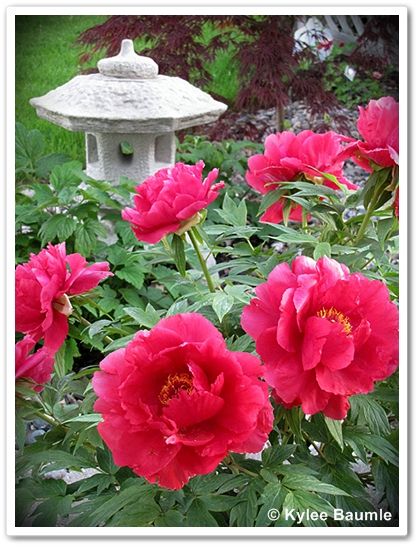

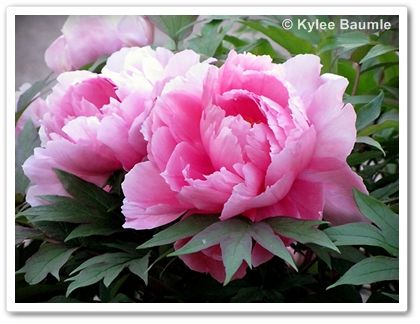
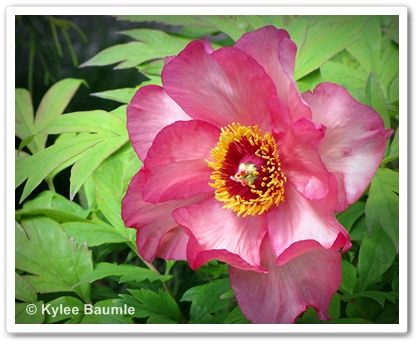
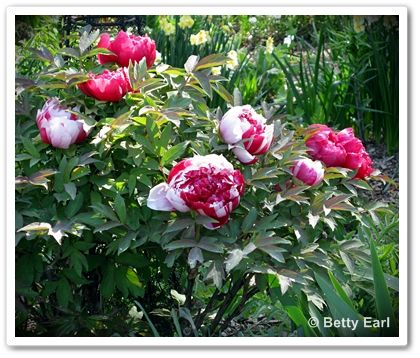




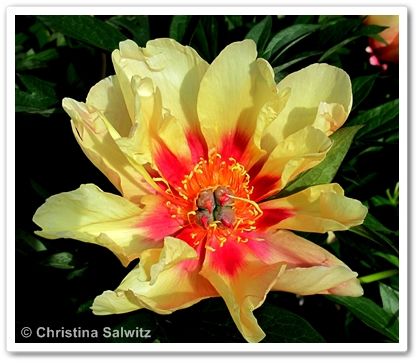
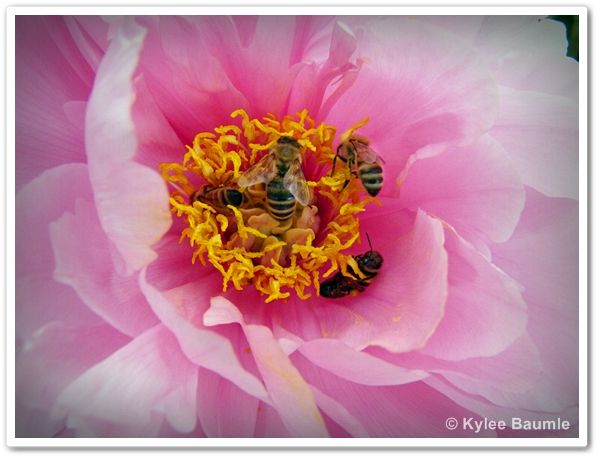

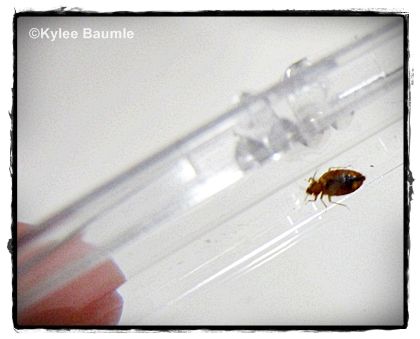
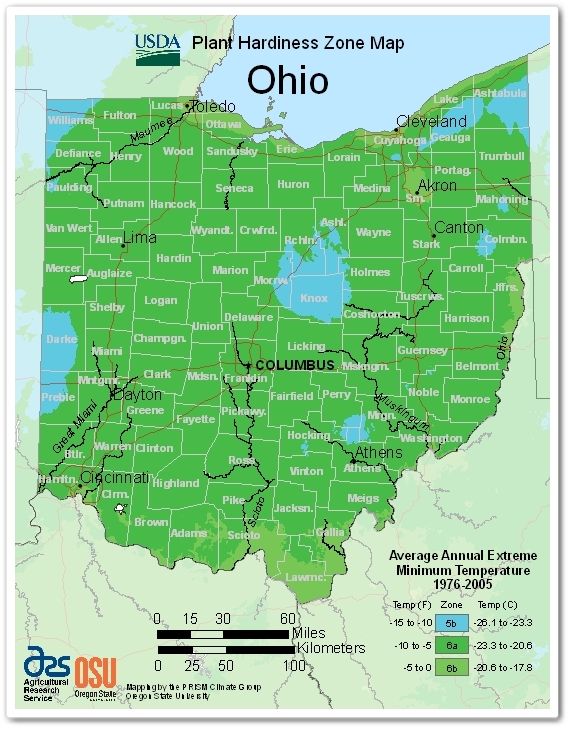



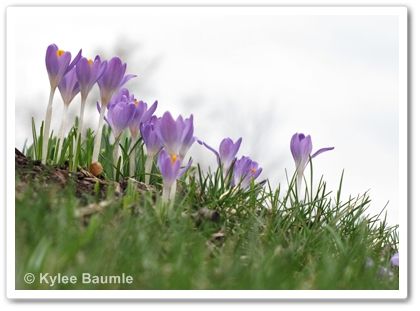


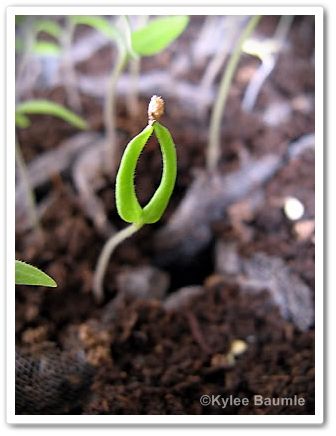

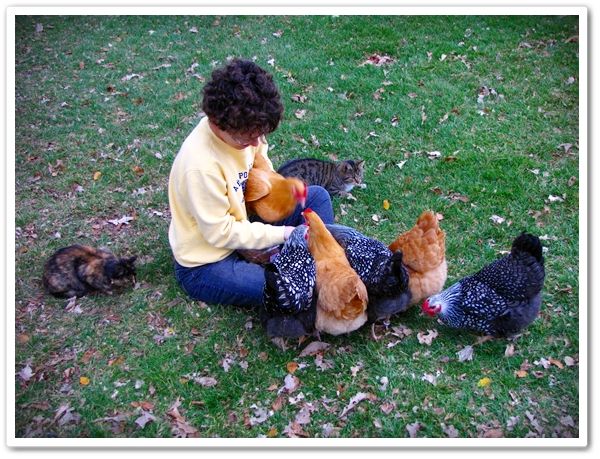








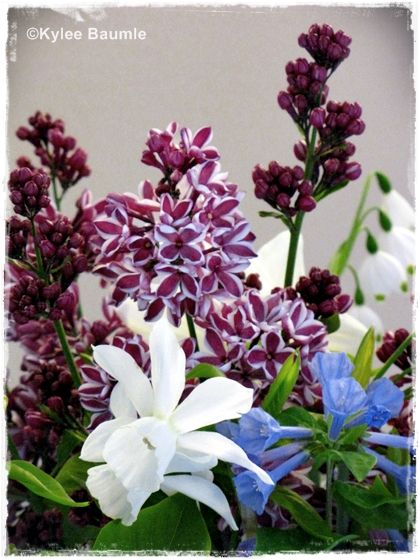
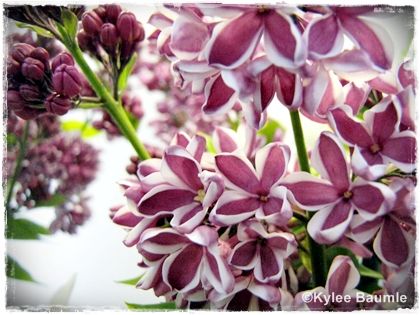

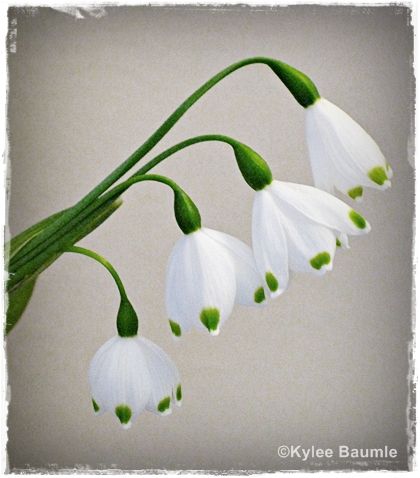









 "Bejeweled"
"Bejeweled"


